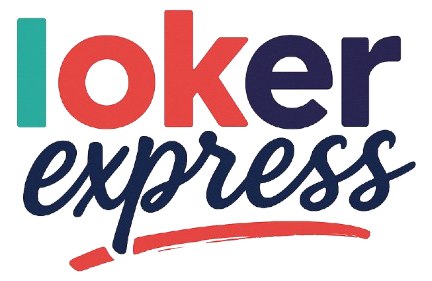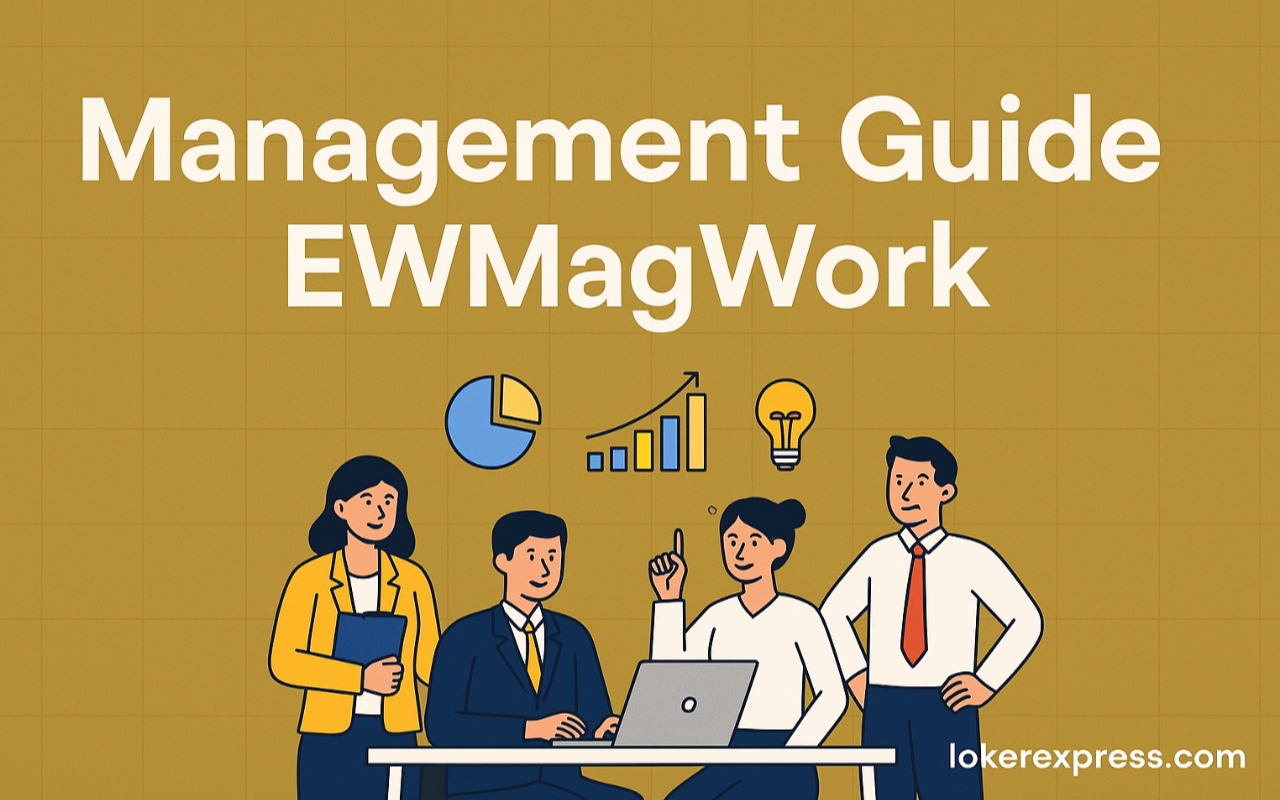In today’s fast-paced and constantly evolving business landscape, mastering the art of effective management has become more critical than ever. This detailed guide, titled “Management Guide EWMagWork: Everything You Must Know”, is your comprehensive resource for understanding, applying, and benefiting from the EWMagWork management framework. This article blends theoretical insight with practical approaches, providing an essential roadmap for leaders, team managers, and business professionals who aim to elevate their management capabilities through EWMagWork.
Understanding EWMagWork: An Overview
EWMagWork is a concept that combines enterprise work management (EWM) principles with modern technological tools and people-centered leadership philosophies. It is designed to empower managers to plan, organize, and oversee tasks and teams effectively while staying agile in the face of change. Unlike traditional frameworks, EWMagWork is dynamic, emphasizing transparency, data-driven decisions, and team autonomy.
The core idea is to manage people and projects not only for output but also for outcomes. This means aligning everyday tasks with the organization’s strategic goals, ensuring every team member understands how their role contributes to the bigger picture. EWMagWork advocates for a holistic management style that unifies project execution, performance tracking, and leadership development.
Core Principles of EWMagWork Management
The EWMagWork methodology is built upon several fundamental principles:
1. Strategic Alignment: All team efforts and projects should support the broader goals of the organization. This principle ensures that no work is done in isolation and that every department is rowing in the same direction.
2. Transparency: Clear, open communication of goals, progress, and challenges allows for better coordination and trust across teams. Dashboards, shared goals, and status updates become a regular part of team rituals.
3. Collaboration: Team success is rooted in how well members work together. EWMagWork promotes frequent touchpoints, collaboration tools, and cross-functional initiatives to build strong working relationships.
4. Data-Driven Decisions: Managers should base their actions on real-time data and key performance indicators rather than guesswork. This includes tracking task completion rates, budget adherence, and employee sentiment.
5. Flexibility: Recognizing that not every plan will go as expected, EWMagWork emphasizes agility—the ability to pivot and adapt when necessary.
Implementing EWMagWork Strategies
Transitioning to an EWMagWork system involves both structural and cultural changes. Here are steps to start integrating this model:
Conduct a Current-State Assessment: Evaluate existing workflows, technologies, and team structures. Identify bottlenecks and areas of misalignment.
Define Success Metrics: Establish what success looks like at both the team and organizational levels. These metrics should be clearly communicated to everyone involved.
Deploy the Right Tools: Choose platforms that facilitate real-time collaboration, performance tracking, and resource allocation. Examples include Asana, Monday.com, Trello, and custom enterprise software.
Train Your Team: Offer training on new processes and tools. Ensure everyone understands their roles within the EWMagWork structure.
Pilot, Evaluate, Scale: Start with a small pilot program, gather feedback, and refine your approach before rolling it out company-wide.
Enhancing Team Collaboration
Collaboration is not just about working together—it’s about working smart together. EWMagWork puts significant emphasis on collaborative culture:
- Shared Goals: When teams know their targets and how they impact the broader mission, they become more invested.
- Regular Check-ins: Weekly or bi-weekly meetings ensure that progress is visible and blockers are addressed early.
- Cross-Functional Teams: Projects involving members from multiple departments foster innovation and broad thinking.
- Psychological Safety: Managers must create an environment where team members feel comfortable voicing concerns and ideas.
Leveraging Technology in EWMagWork
Technology is a catalyst in the EWMagWork framework. The right digital tools can:
- Automate Routine Tasks: Freeing up time for strategic thinking.
- Centralize Information: Reducing the time spent searching for files and updates.
- Track Progress: Offering real-time insights into task completion and resource allocation.
- Facilitate Communication: Making remote and hybrid work more seamless.
Examples of tools that support EWMagWork include:
- Project Management: ClickUp, Wrike, Jira.
- Communication: Slack, Microsoft Teams, Zoom.
- Performance Analytics: Tableau, Google Data Studio, Power BI.
Addressing Common Challenges
Every management methodology faces obstacles. Common challenges in EWMagWork implementation include:
Resistance to Change: Teams accustomed to legacy systems may be reluctant. Overcome this by involving them early and demonstrating quick wins.
Information Overload: Too many tools or excessive data can be counterproductive. Choose tools that integrate smoothly and keep dashboards clean and focused.
Inconsistent Adoption: If some teams embrace EWMagWork and others don’t, gaps will form. Leadership buy-in and company-wide mandates are essential.
Time Constraints: Managers may feel too busy to implement new systems. Emphasize that initial time investment leads to long-term gains.
Measuring Success in EWMagWork
To evaluate the effectiveness of your EWMagWork implementation, track the following:
- Key Results: Are your strategic goals being met?
- Employee Engagement: Are team members motivated and aligned?
- Project Timeliness: Are projects completed on schedule?
- Efficiency Metrics: How well are resources (time, money, personnel) being utilized?
Conduct quarterly reviews to ensure continuous improvement and address emerging challenges.
Continuous Improvement and Adaptation
One of EWMagWork’s defining characteristics is its adaptability. This model encourages regular retrospectives, iterative process design, and continuous learning. It’s not a “set it and forget it” system. Leaders must be prepared to:
- Stay Current with Trends: Be it AI, remote work, or new regulatory landscapes, EWMagWork evolves alongside industry shifts.
- Encourage Innovation: Allow teams to experiment with new ways of working, even if they challenge the status quo.
- Measure and Reflect: Collect qualitative and quantitative feedback to refine the process.
Leadership Development Within EWMagWork
A successful EWMagWork environment demands strong, empathetic, and forward-thinking leaders. Key leadership traits include:
- Emotional Intelligence: Understanding and managing team dynamics.
- Visionary Thinking: Seeing beyond daily operations to guide teams strategically.
- Coaching Mindset: Supporting team development rather than micromanaging.
Managers should invest in their own growth through workshops, mentorship, and performance feedback.
Read More: Timewarp TaskUs: Revolutionizing Time Management and Task Productivity
Conclusion
EWMagWork offers a robust and forward-thinking approach to modern management. By aligning strategic goals with efficient processes and empowered teams, it paves the way for sustainable success. As businesses navigate increasing complexity, the “Management Guide EWMagWork” becomes not just a resource but a critical playbook for navigating today and thriving tomorrow.
Whether you’re leading a startup or managing a department in a large enterprise, embracing EWMagWork principles will prepare you for the challenges ahead while optimizing your team’s potential. Start implementing these strategies today and experience the transformative power of effective, adaptive management.

